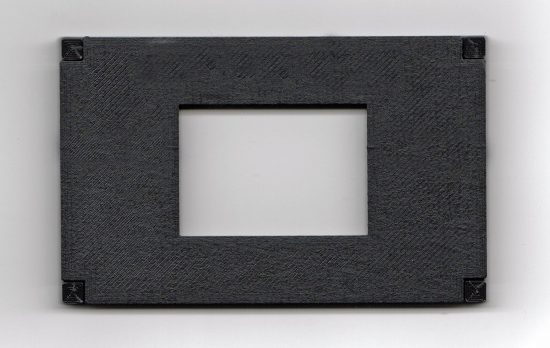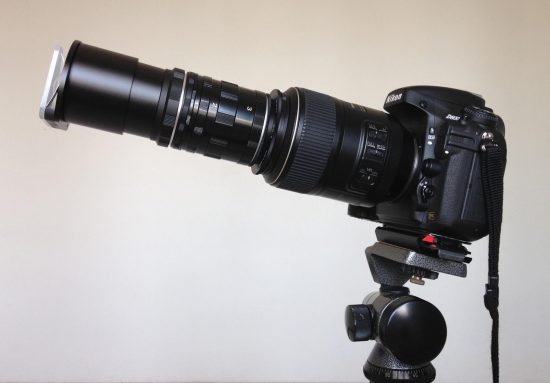
Slide copying by K. Jayaram, a nature photographer from India:
I have used slide films for over four decades. I have been wanting to copy some of the important slides and tried copying and scanning with no satisfying results. After a serious hunt, I came across the Nikon slide copying attachment ES-1. But the problem with it is that it has been designed exclusively for use with Micro Nikkor AF 60mm f/2.8 D lens or with Micro Nikkor AF 55mm f/2.8 with three extension tubes to make 1:1 magnification.
Since I already have a Micro Nikkor AF-S 105mm f/2.8 ED VR lens, I did not want to invest in another macro lens. So, I started experimenting by copying the slides in a crude manner and found out that I can copy the 35mm slides with my 105mm lens with a certain amount of extension in front of the lens.
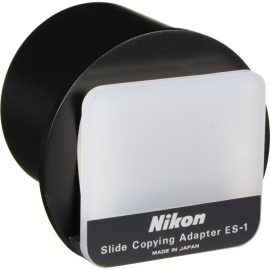

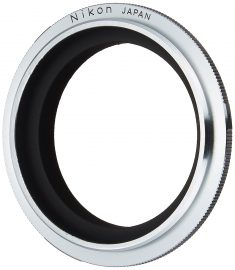
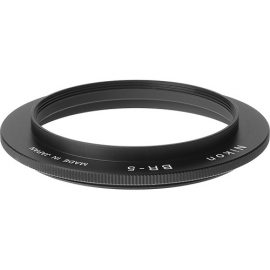
So, I ventured for the Nikon ES-1 slide copying adapter and Nikon BR-5 adapter ring. It wasn’t sufficient and I still had to push the magnification a little farther away from the lens. So, I bought a cheap non-auto Chinese extension tube and a Nikon BR-2A reverse ring and Nikon BR-3 mount adapter ring (see picture above).
With this array of close up attachments, I was able to copy my 35mm slides full frame and the results are far better than any scanning method with a full frame sensor. I used the following setup for copying the 35mm slides:
- Nikon D800 and now D850 body.
- Micro Nikkor AF-S 105mm f/2.8 ED VR lens attached to the body.
- Nikon BR-5 attached to the front of the 105mm lens (62mm thread).
- Nikon BR-2A attached to the Nikon BR-5 (52mm thread).
- Cheap non-auto Chinese extension tube set (one model comes with a screw thread adjustment in between) attached to the bayonet mount of the BR-2A mount.
- Nikon BR-3 is attached the bayonet mount of the extension tube.
- Nikon ES-1 is finally attached to the 52mm screw thread of BR-3 ring.
- With this setup, pull or push the ES-1 inner extension tube to set the frame and focusing distance.
- Use Matrix metering, Center-Weighted or Spot metering depending on the subject and size of the image, Aperture priority with f/8 or f/11 at ISO 100. I shoot in diffused daylight through the window and the camera mounted on a tripod. Flash with diffuser in TTL or manual mode is also suitable.
- Shoot in RAW so that color, contrast, color cast, scratches and dust can be eliminated either in Lightroom or in Photoshop.
- Many are concerned with copying the negatives. A modified plastic mount (please see the attached YouTube video) or a cardboard slide mount (without sealing) can be used as a negative holder. Recently, a special negative holder for ES-1 has been introduced in Amazon:
Here is the video for more information (make sure your volume is down):
